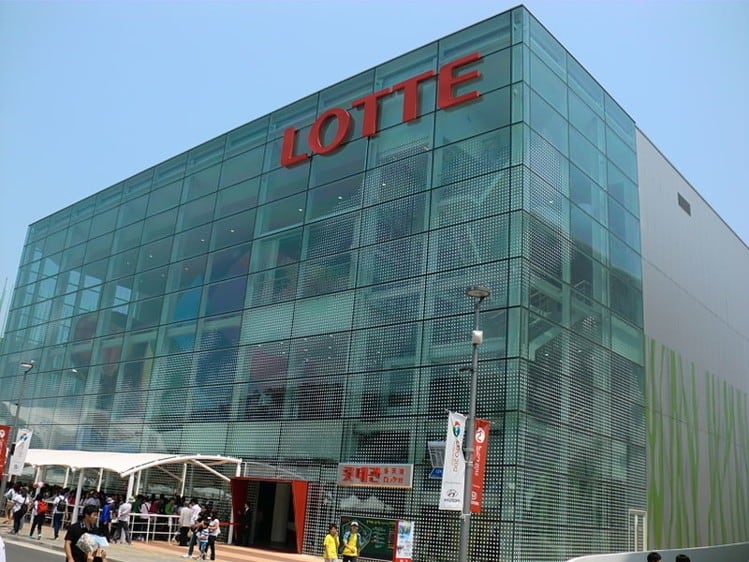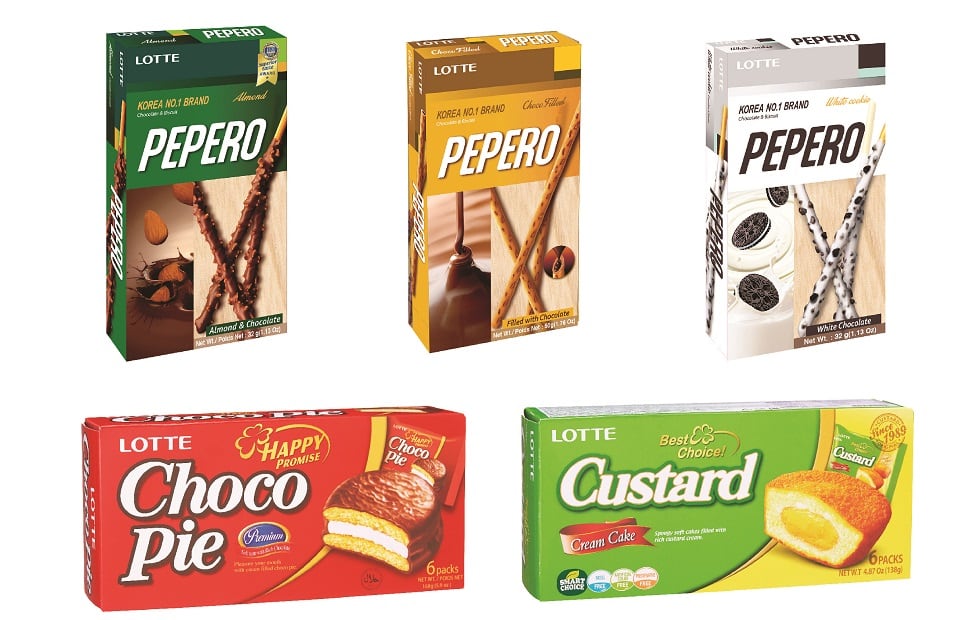South Korean confectionery maker Lotte has announced it is planning 130 billion yen ($1.18 billion) in capital investment over the five years in Japan, expanding its ice cream and chocolate products to a market projected to be worth approximately $22.3b (JPY2.9t) by 2023.
The company's biggest brand in Japan is Xylitol gum; other lines including Ghana chocolate and Coolish ice cream are also as seen as key products in the market.
The Nikkei Asian review reported Lotte was relaunched in April and has targeted sales of 500 billion yen ($4.63bn) in the next five years.
It was also reported Lotte aims to step up exports of Japanese candy and its Yukimi Daifuku mochi glutinous-rice ice cream to North America.
Lotte also plans to raise production capacity for both ice cream and chocolate in the city of Saitama and Fukuoka Prefecture, as well its candy and gum plant in Saitama Prefecture.
A report by Fitch Solutions has projected Japan’s confectionery market to be worth $22.3bn (JPY2.9t) in 2019. The country’s projected growth in confectionery spending is forecasted to average an annual expansion of 3.6% between 2019 and 2023, compared to the 1.4% increase seen between 2014 and 2018.
Premium and higher quality chocolates
“Growth in spending will also be driven by Japanese consumers themselves as they move towards premium and higher quality chocolates,” said a spokesperson for Fitch Solutions. In per capita terms, domestic consumers will spend $175.7 (JPY19,331) in confectionery in 2019 with the traditional Japanese diet being regarded as one of the healthiest in the world. This is estimated to rise to $213.2 (JPY22,812) in 2022, said the report.
According to The Nikkei Asian Review, Japan's confectionery market grew in the five years through 2017, thanks to demand from visitors and rising prices. Japanese sweets have become a standard souvenir, along with cosmetics and over-the-counter medical products. An estimated 80% of visitors to the country purchase candy, with chocolate goods enjoying particularly high growth.
Analysts see opportunities in Japan’s confectionery market predominantly in chocolates ‘with perceived health benefits or those catered towards Japan’s rapidly aging population’.
Fitch Solutions said firms such as Meiji and Glico are already tapping into this demand. Meiji has announced plans to extend its manufacturing lines at two domestic plants with an investment of $245m (JPY27b) in a bid to expand its health-focused chocolate line, the Singapore Business Review reports.
While Glico is reported to have created a product called ‘gaba’, which contains gamma-micro butyric acid that reportedly reduces stress.


